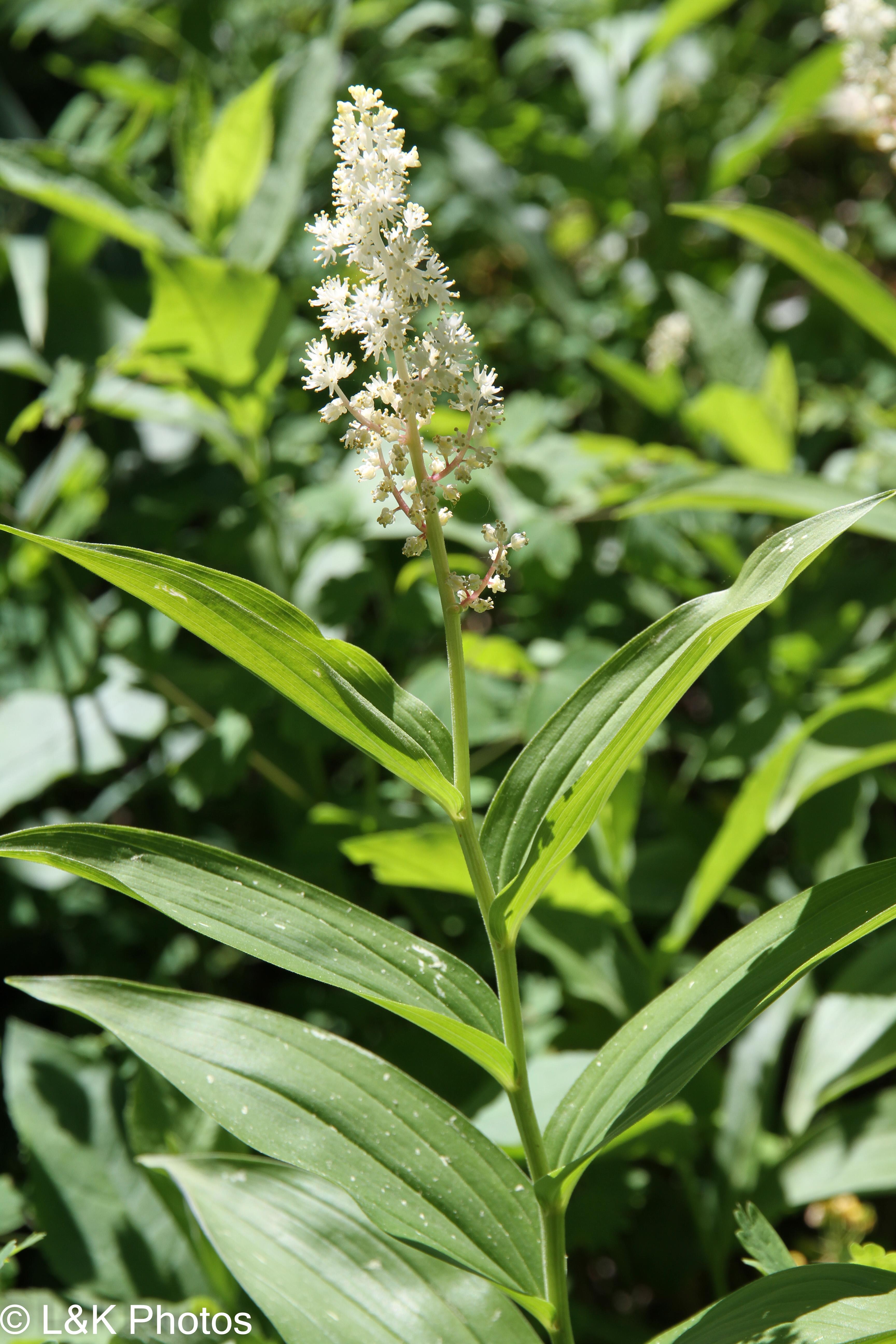
False solomon's seal (Maianthemum racemosum)
False solomon's seal, also known as False spikenard, Treacleberry
False Solomon's seal (Maianthemum racemosum), also known as Feathery False Lily of the Valley, is a woodland plant native to North America. This plant bears a resemblance to Solomon’s Seal, which is why it's named "false" Solomon's seal; both plants belong to the same family and often coexist in similar habitats. Native American tribes utilized various parts of False Solomon's seal for medicinal purposes. The roots and rhizomes were crafted into teas and poultices to address ailments like coughs, menstrual pain, and rheumatism. Additionally, young shoots were sometimes consumed as a vegetable, and the plant occasionally played a role in ceremonial practices.